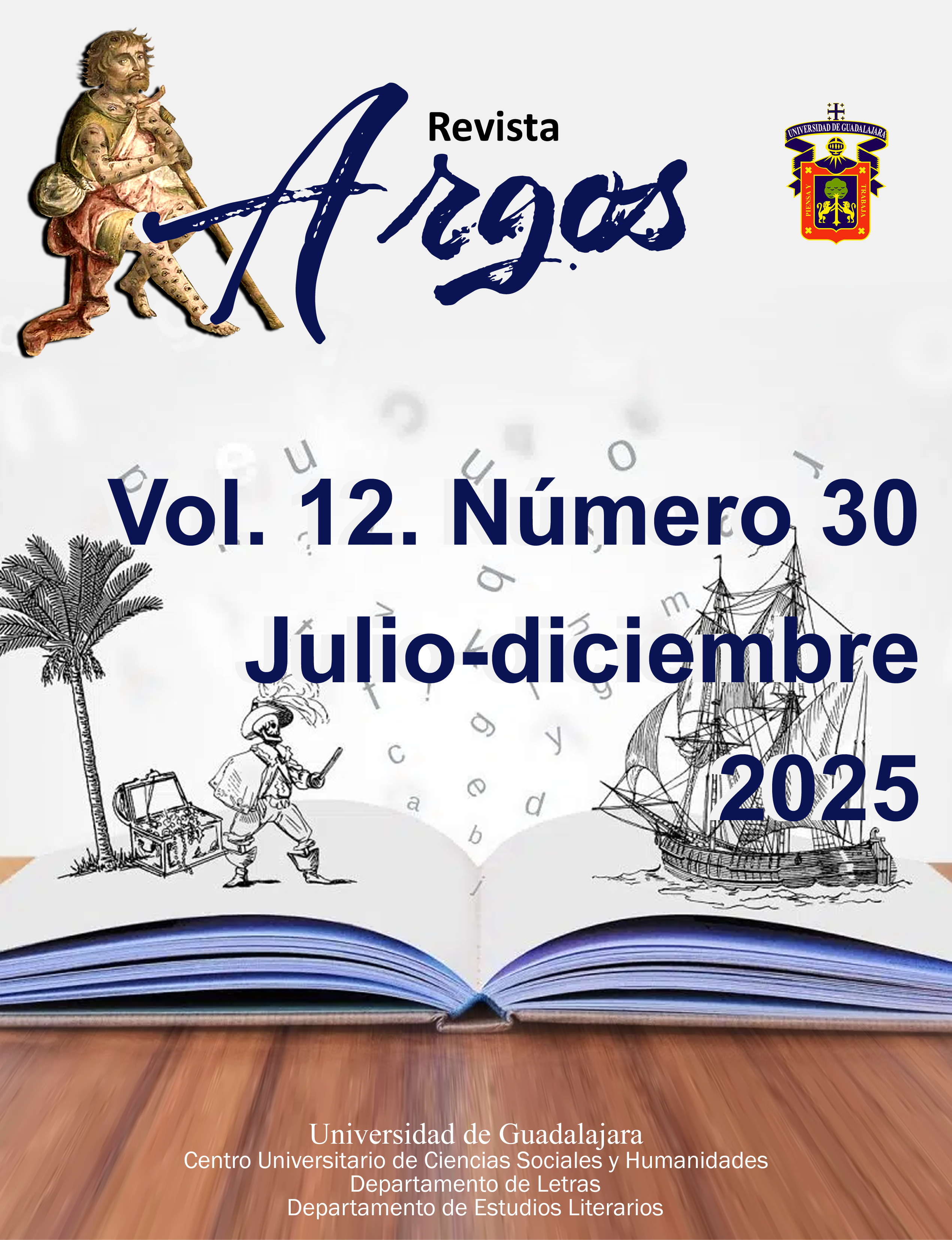El no-lugar de la utopía y de la imaginación: una propuesta de comparación para The Waste Land, La terra promessa, Pedro Páramo y Estoraques
Abstract
This paper investigates the similarities and differences between these four literary works, apparently distant and dissimilar, around the concept chosen to explore of non-place or utopia, even if its emergence and development does not occur in the same ways. Imagination also enters here as a key and central aspect of both the chosen works and this paper, which seeks to propose the weaving of a bridge between them through an exercise in comparative literature. To do this, a utopian reading of the chosen works will be proposed, and the presence of the utopian and the imagination will be analyzed, to conclude that these create the realities addressed in these works.
Downloads
Published
How to Cite
Issue
Section
License
Copyright (c) 2025 José Pablo Álvarez Acosta

This work is licensed under a Creative Commons Attribution-NonCommercial 4.0 International License.
You are free to:
- Share — copy and redistribute the material in any medium or format for any purpose, even commercially.
- Adapt — remix, transform, and build upon the material for any purpose, even commercially.
- The licensor cannot revoke these freedoms as long as you follow the license terms.
Under the following terms:
- Attribution — You must give appropriate credit , provide a link to the license, and indicate if changes were made . You may do so in any reasonable manner, but not in any way that suggests the licensor endorses you or your use.
- No additional restrictions — You may not apply legal terms or technological measures that legally restrict others from doing anything the license permits.
Notices:
You do not have to comply with the license for elements of the material in the public domain or where your use is permitted by an applicable exception or limitation .
No warranties are given. The license may not give you all of the permissions necessary for your intended use. For example, other rights such as publicity, privacy, or moral rights may limit how you use the material.













